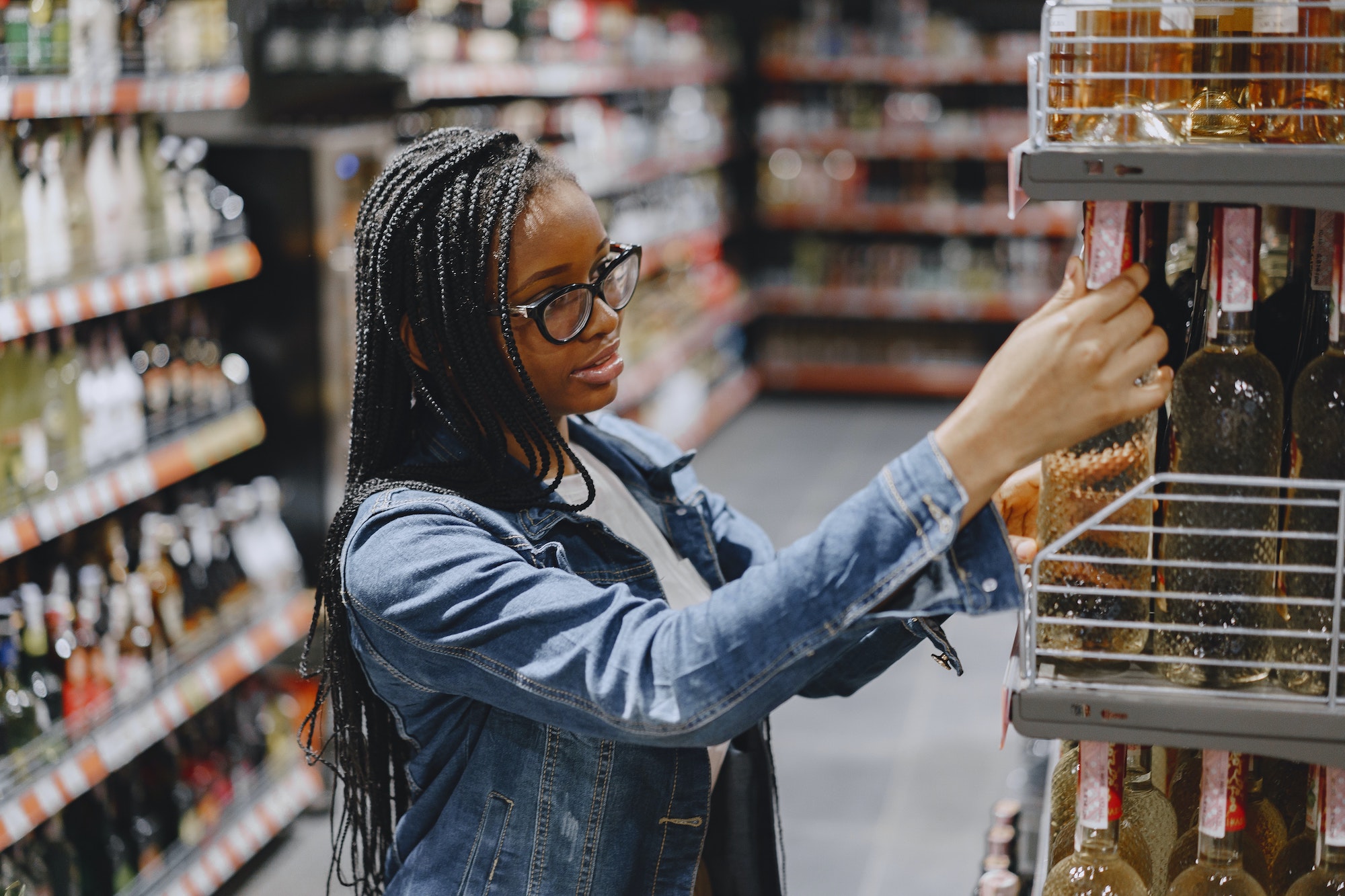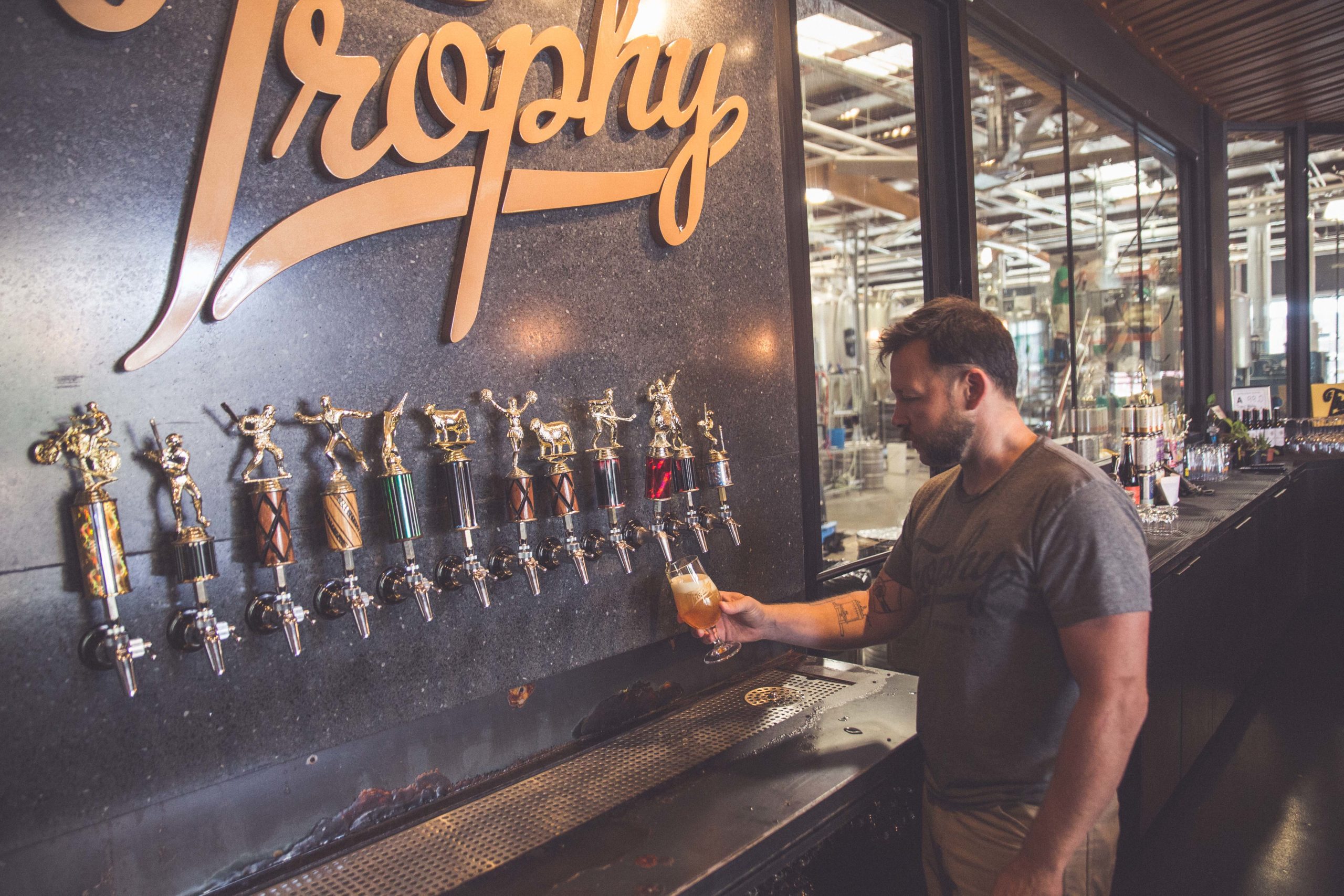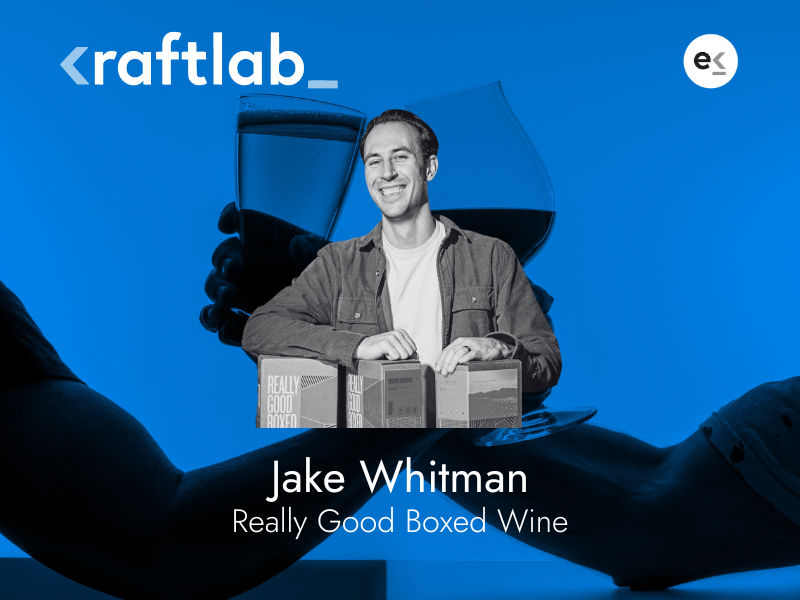I got my start in the wine industry when I was 10 — young, I know. That was when my father’s downtime project of creating a winery turned full time as he made the leap from geologist to winemaker. This caused some unique challenges. My father decided to hire some of the world’s leading viticulturists to help us get our vineyard planted. Fast forward four years, and we were ready to build a winery with a well-known winemaker, Bob Pepi. One year later, we turned out our first vintage. I don’t give you this background to give you insight into how I got into the wine world or why I still work in this field. Instead, I want to show you that while my father spared almost no expense getting the significant parts right, there were some blind spots that we had to learn about the hard way. For example, wine pricing strategy.
After buying 50 acres of land we planted eight varietals of grapes and waited four years for our first usable crop. Then waited another nine months for our first white wine to be released. At this point we were more than ready to launch into sales. Do you want to know how we picked the price of the wine? We guessed. We tasted all of the wines with Bob and he said that in California he’d charge a certain price for each wine. But because we were in Colorado, we should charge that minus 50%. That was that, and from that day forward for 10 years, that is how we priced out wines. It wasn’t until I came back into the business full time that I discovered a better way, or really, many better ways.
Table of contents
The Basics of a Wine Pricing Strategy
Additive Pricing
The first kind of pricing that I want to talk about is additive pricing. Additive pricing is a pretty simple approach that should be familiar to folks in the restaurant world. To arrive at a product price, simply add up all your cost elements, desired margin, and incurred overhead to yield a price. Additive pricing is a great way to defend your minimum price for a product. Especially with pricing your product for wholesalers or distributors because it will help maintain a minimum revenue per product.
This is an excellent tool for establishing a defensive price point. It could also miss some significant elements impacting your company. First, this is not an optimal method to develop a direct-to-consumer price point. Secondly, this method ignores the consequences of the price you choose for wholesale and distribution sales.
Reductive Pricing
The second pricing method is called reductive pricing. Reductive pricing is mostly the reverse of additive. Inn many ways it’s closer to the guessing or gut method my family first employed. To arrive at a price for strict reductive pricing, choose the price you want the product to be sold at. Then remove all fixed costs from that price. Then, you’ll arrive at the remaining margin.
For example, you want to sell a bottle of Cabernet for $39.95. Subtract grape cost ($2.40), packaging cost ($1.15), labor ($2.80), oak ($1.75), bottling cost (35 cents), and that leaves $31.55 of margin in the tasting room. The overhead of the tasting room should also be subtracted from this remaining margin for all wine sold directly to consumers in a winery tasting room. Conversely, I would argue that shipped wine would not have the tasting room overhead subtracted. Instead, the wine’s shipping cost should be subtracted from that margin.
Hybrid Wine Pricing Strategy Models
Additive and reductive pricing methods are great ways to establish a price. There are significant advantages to using both methods in parallel to get a price point for your winery’s desired outcome. A desired outcome for your winery may be different than the desired outcome for another, so my pricing philosophy is a hybrid pricing model.
Hybrid pricing is a holistic model that considers the channels of sale. It also considers the desired price to the end consumer (not the retailer or distributor). And uses reductive and additive pricing to achieve a set of prices that defends your cost structure and optimizes your margin. Here, a set of prices means not attempting to maintain a consistent price in all outlets and channels. While it is something that some brands are justifiably concerned with, most small producers don’t need to worry about it. Do you, as a brand, care if your tasting room price is the same as the local liquor store? How about a national chain liquor store? I’d argue the answer here should be no — you aren’t selling the same thing in a tasting room and a liquor store. In one, you are selling your product. In the other, you are selling an experience, a relationship, an education, status, and a product. Should those be competitively priced?
Wholesale Wine Pricing Strategy
Hybrid pricing also makes sense when pricing for wholesale. Instead of focusing on market value prices from a reductive or additive standpoint, it makes more sense to use a hybrid price analysis. Do this to anticipate the markups between you and the consumer. This will maximize your margin and maintain a flat price to the consumer.
For example, in the competitive ski resorts of Colorado many liquor stores operate around a 35% markup depending on the product. Many distributors have fixed blended margins for their brands. In this example, we will call it 27%. If you price your Cabernet to the distributor price of $23, the distributor will turn around and sell it at $29.21. The liquor store will take that $29.21 and add their margin, making the wine priced at $39.43 on the shelf. How many times have you seen a product in the liquor store end in 43 cents? What will happen is the retailer will round it up to 95 cents or 99 cents, whichever they have chosen for a storewide price. That liquor store just “earned” 56 cents because of your market price. If you raised your initial price to $23.32, that would get sold by the distributor at $29.62. Then the liquor store would add their 35% margin getting the shelf price up to $39.98, which they would probably bump up to $39.99. So now, instead of giving the liquor store an additional 56 cents, you get to earn an additional 32 cents per bottle without impacting the consumer price.
Conclusion
Wine pricing is a complex game with many variables on both sides of the equation. Hopefully, this blog shed some light on some items to consider when you choose your next wine pricing strategy.
Jay Christianson is the founder and CEO of Tin Sheets, a business cultivation agency. A Colorado native, Jay spent a number of years in the Northeast before returning to Colorado to take over the winemaking process at his family’s winery, Canyon Wind Cellars, and eventually became the winery’s owner.
He also managed the day-to-day operations of the Everyvine Platinum-certified Riverside Vineyard. They received the Colorado Association of Viticulture and Enology “Grower of the Year” award in 2015. Jay served as the Chairman of the Board of Directors for the Colorado Wine Industry Development Board from 2014-2016 and served on the Board of Directors for the Colorado Association of Viticulture and Enology from 2013-2015.
To contact Jay, email jay@tinsheets.com.




